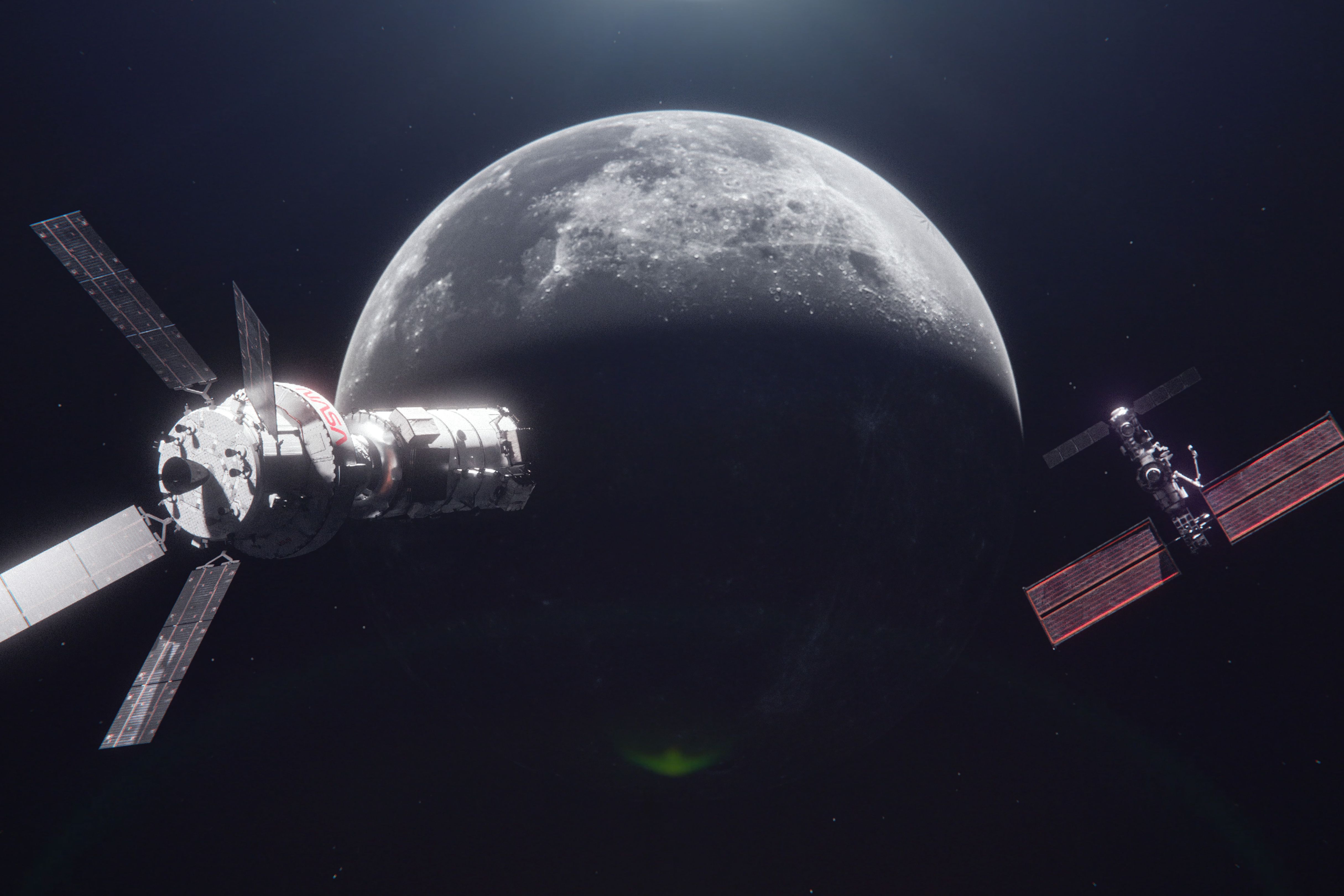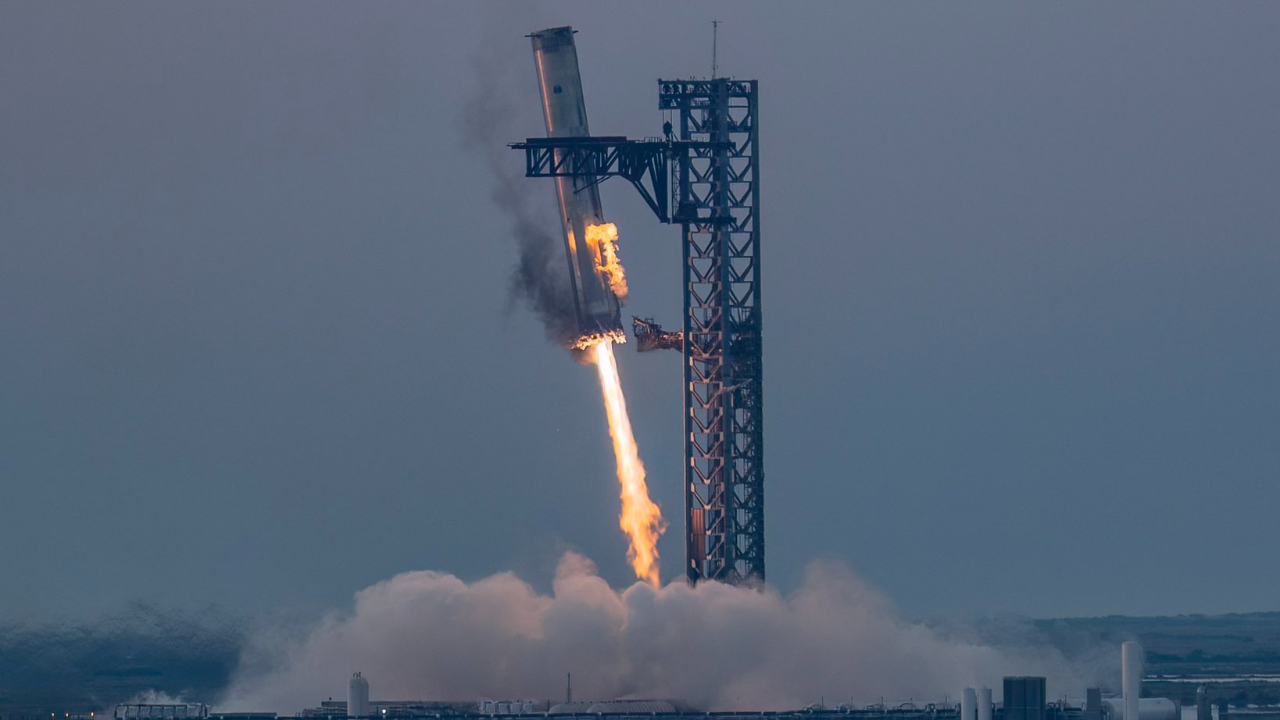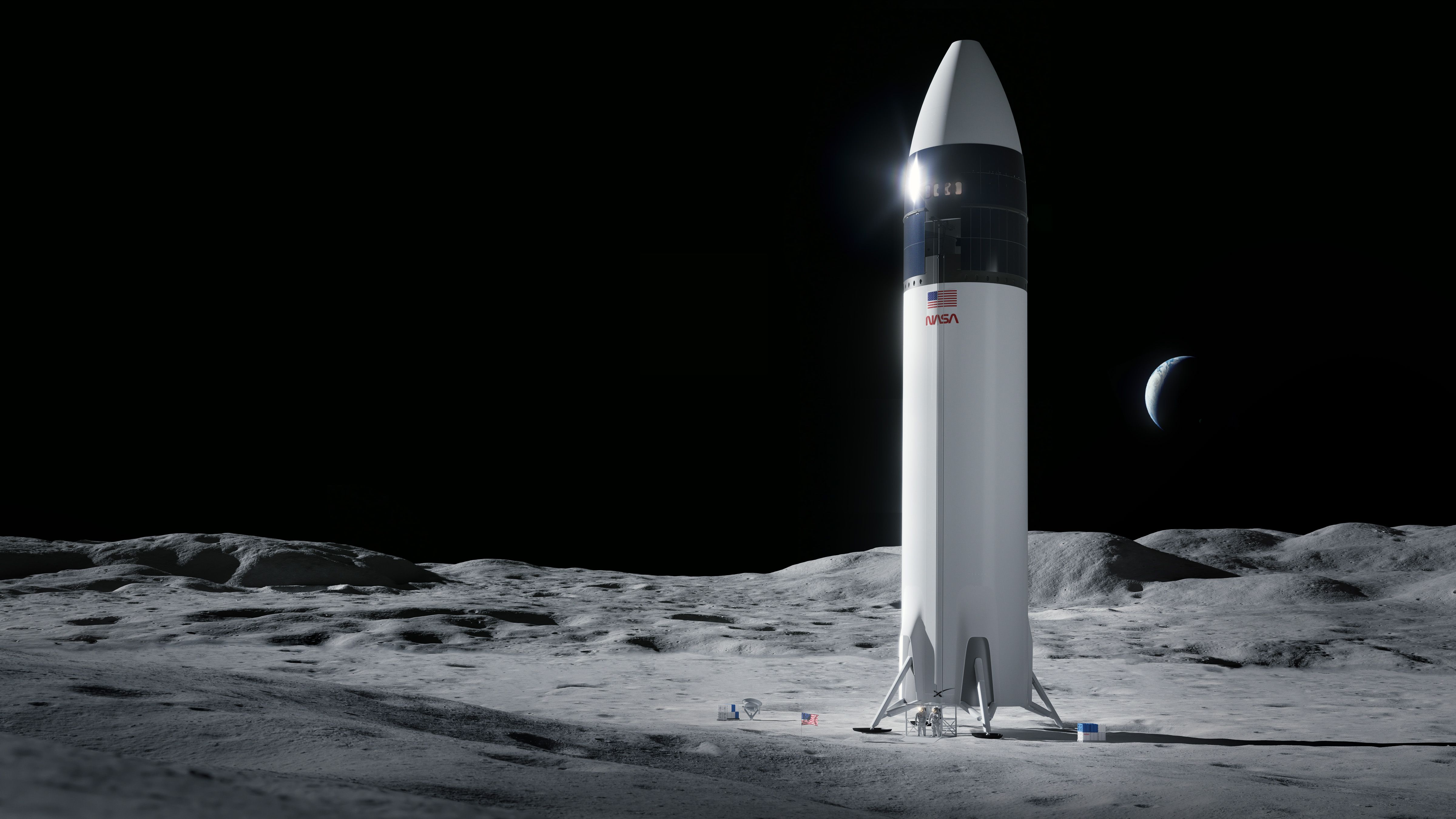SpaceX’s
new Starship just completed its fifth test flight
, and this time, it accomplished a world-first—the Super Heavy booster rocket was ‘caught’ by giant mechanical arms as it was returned to its launch pad.
SpaceX currently retrieves its reusable Falcon 9 boosters
by landing them on the drone ship “Of Course I Still Love You.” Meanwhile, the Starship vehicle successfully made a controlled splash in the Indian Ocean.
Starship’s 250 ton boost snatched mid-air
Just a few years ago, the concept of aerial “catching” a massive rocket booster may have been considered fiction or a flight of fancy. But no more.
“Just inspected the Starship booster, which the arms have now placed back in its launch mount. Looks great! A few outer engine nozzles are warped from heating & some other minor issues, but these are easily addressed. Starship is designed to achieve reflight of its rocket booster ultimately within an hour after liftoff. The booster returns within ~5 minutes, so the remaining time is reloading propellant and placing a ship on top of the booster.” – Elon Musk
Before the breathtaking catch, Elon Musk explained on Sunday morning that the custom-built tower was designed to catch the “largest flying and heaviest flying object ever made and put it outta the air.” He said the booster weighs around 250 tons (adding that SpaceX plans to make it lighter over time).
“The tower has caught the rocket!!” – Musk tweet
He also stated after launching the Starship, the 250-ton beast of a booster hurls back down to earth at over half the speed of sound. But as it approaches, it slows to “basically zero” and comes “in between the arms” of the tower.
A short while later, SpaceX proudly shared videos of the Super Heavy doing just that. After launching the Starship, as it descended, the Super Heavy booster re-lit three of its 33 Raptor engines to dramatically slow and then all but halt its descent back to Earth.

Related
NASA’s Artemis Moon Mission Rocket Parts Arrive At Kennedy Space Center
Two ships carrying key Artemis components arrived within hours of each other this week.
To the moon and onto Mars
The Super Heavy rocket is fully reusable and designed to carry more cargo into Earth orbit than its predecessors and ferry humans to the moon and, eventually, Mars.
Starship (the top half – the actual “spaceship” of the stack) flew at around 17,000 miles an hour, reaching 89 miles up in space before splashing down in the Indian Ocean near Western Australia. It accomplished a controlled splashdown after 90 minutes of flight. This is the capsule that will carry people further into the solar system.
Photo: SpaceX
SpaceX, NASA
, and others (including Polaris Dawn) have high hopes and big plans for Starship. NASA plans to use the Starship HLS lander on this upcoming Artemis III mission, which is scheduled to be the first mission to return astronauts to the moon since Apollo 17 in 1972.
The mission is expected to launch in 2026 or 2027 (
Boeing has built the second-stage rockets for Artemis I and II
). After that, NASA and SpaceX hope to use the Starship to establish a permanent base on the moon and then land on Mars for the first time.


